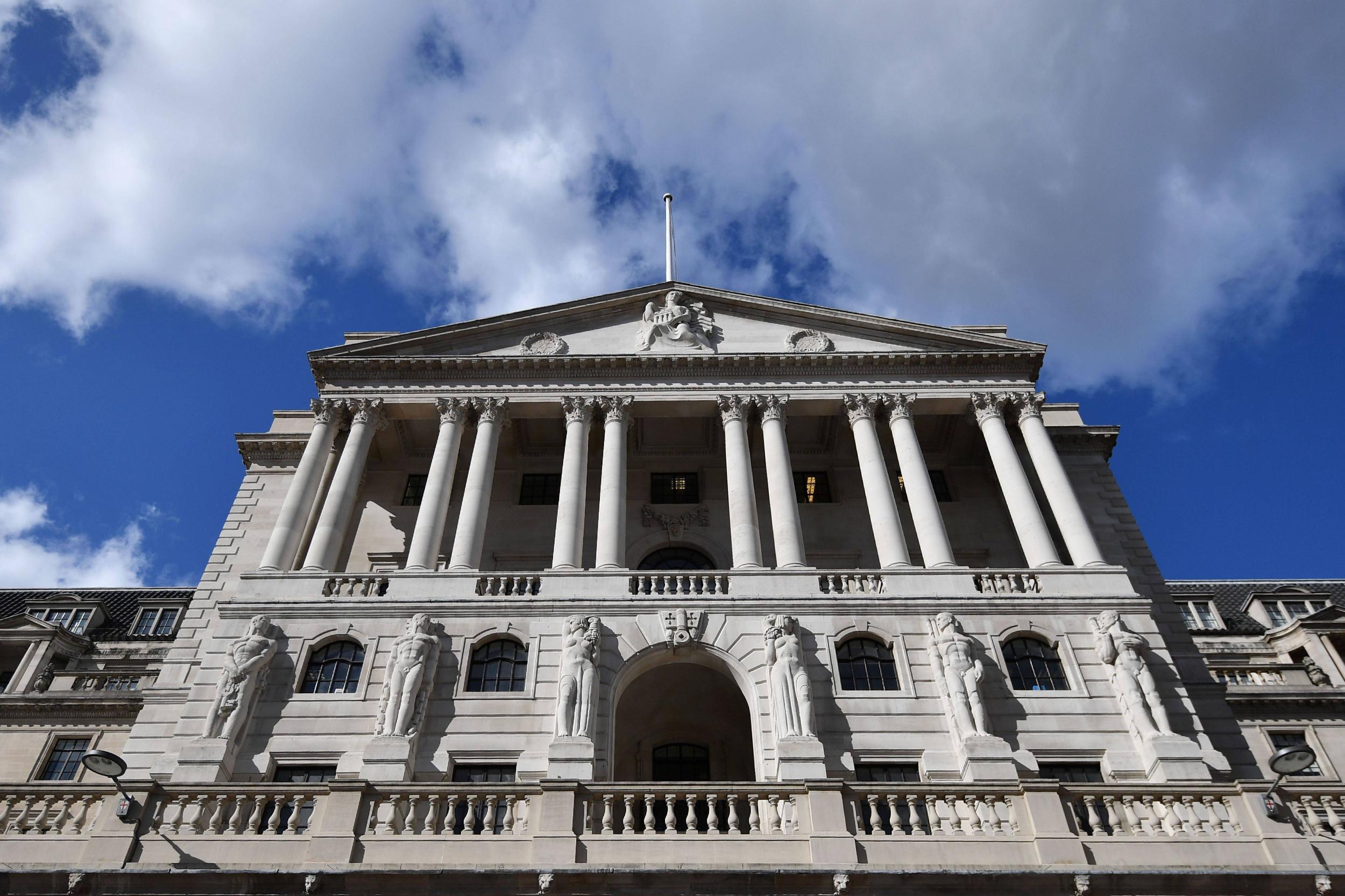The Independent's journalism is supported by our readers. When you purchase through links on our site, we may earn commission.
Don’t be fooled into thinking that the UK banking sector is safe in the face of Brexit
The proximate cause of the next crisis could well emerge from a corner of the financial system that regulators are not even thinking about


Breathe a sigh of relief. The Bank of England has “stress tested” the UK’s seven major banks and building societies and they have all passed. This year, not a single one has even been told to increase their capital safety buffers to enable them to deal with a future crisis.
It wasn’t a stress test designed to precisely simulate a cliff-edge Brexit, where we crash out of the European Union without any kind of trade or regulation deal in 2019. But it was pretty close. A spike in interest rates to 4 per cent, a near 5 per cent collapse in GDP, an almost 30 per cent fall in sterling, a 33 per cent slide in house prices. That’s a pretty severe recession. More severe, even, than in 2008-09.
So as far as Brexit and financial stability are concerned, is there nothing to, well, stress about? Is it time to relax about the state of the banks and focus on other economic aneurysms relating to leaving the EU, such as the disastrous impact on carmakers’ supply chains, the threat to food exporters, imminent labour shortages and so on?
Not so fast. Banking stress tests are certainly not useless, but too much weight is placed on them by regulators. Despite the sophisticated scenario modelling from the hardworking economists at the Bank, the uncomfortable truth is that we simply cannot know how things would work out if there is another financial crisis.
We can hope that the array of post-crisis reform measures would be sufficient to stabilise the system – but in a globally-interconnected web such as finance, with countless feedback mechanisms, we have to be humble about the limitations of our knowledge over its safety.
We cannot know what would happen to UK banks’ mind-bogglingly large positions in financial derivatives in the event of another 2008-style systemic shock. We cannot know how well new procedures to “resolve” failed banks would perform if institutions started to get into trouble again. We cannot know how investors in financial sector debt would react if they felt, en masse, that they might not get their money back.
The proximate cause of the next crisis could well emerge from a corner of the financial system that regulators are not even thinking about. The best defence against risks that we cannot even envisage is much higher capital buffers for each financial institution. “Capital is there not just for the risks we think we understand – it is there for the ones we don’t,” as the former Bank of England regulator Bob Jenkins puts it.
The most appropriate measure of a bank’s safety margin is its raw equity capital – or shareholders’ funds available to absorb losses – relative to all its assets. The level of equity funding of the big banks’ balance sheets is still below 6 per cent. That means a 6 per cent decline in the value of their assets would wipe out their equity entirely and make the institutions insolvent. That’s really not much of a cushion in a systemic crisis.
Finance experts such as Anat Admati of Stanford University argue the regulatory minimum for equity capital should be above 20 per cent. Even the Bank’s former Governor Mervyn King thinks 10 per cent is a more appropriate level.
It’s also worth bearing in mind that stress tests are based on banks’ internally-estimated “book values” of their assets, rather than the price indirectly put on those assets by the stock market. There are some decent reasons for running the stress tests on this basis.
Yet we shouldn’t forget that financial traders still think the assets of several of our large banks are worth a lot less than their managers are saying. Ten years on from the great crash, the judgement of the markets is that it remains a sickly sector.
Even before the Brexit vote, there was a powerful case for officials to mandate the UK’s megabanks to considerably jack up their capital safety buffers – to protect all of us from a repeat of 2008. That’s why even Sir John Vickers, who led an independent commission on banking reform, was vociferously urging the Bank of England to go further than it was minded to.
Brexit – and the possibility of serious financial shockwaves from a chaotic EU departure within 16 months – makes a powerful case unanswerable.

Join our commenting forum
Join thought-provoking conversations, follow other Independent readers and see their replies